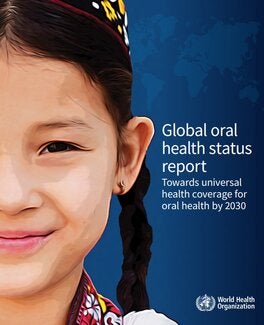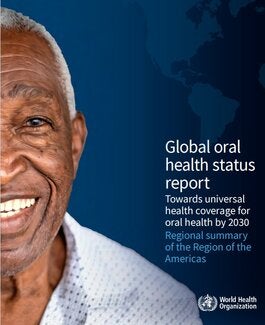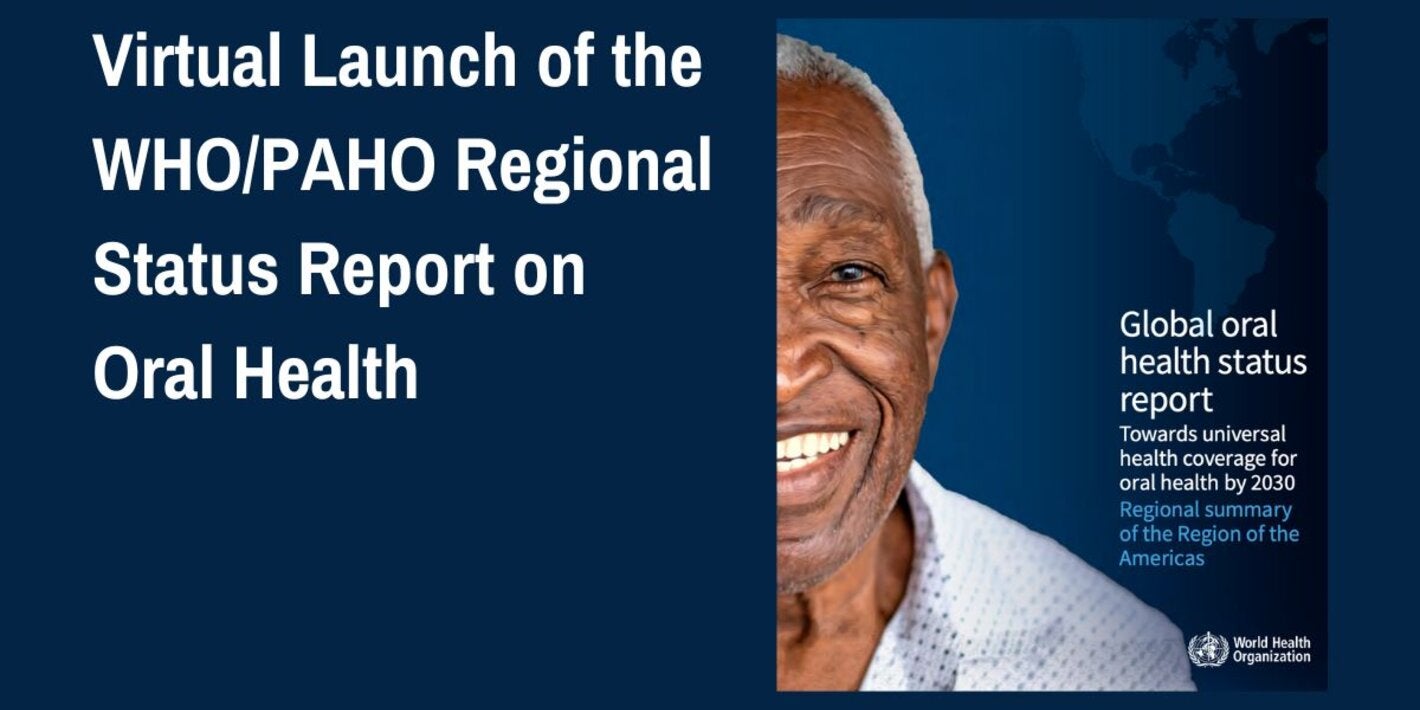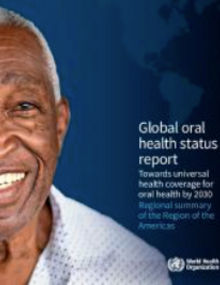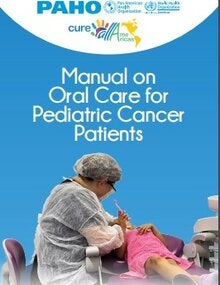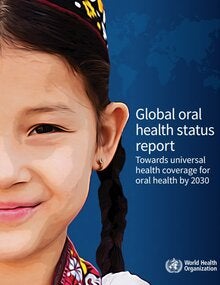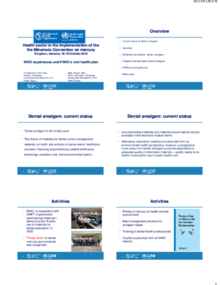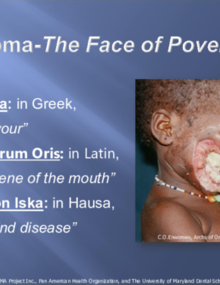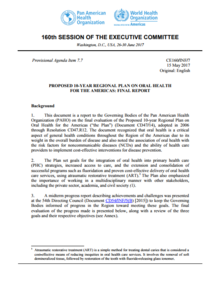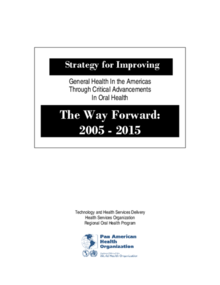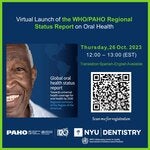The Pan American Health Organization, through its Oral Health Program, is responsible for spearheading the development and implementation of oral health policy for the Organization's 35 Members States.
The mission of PAHO's Oral Health Program is to strengthen oral health services through communication and collaboration among member countries to provide the information and resources necessary to promote equal and quality oral health care for all people in the Americas, especially for the most vulnerable populations.
The PAHO Oral Health Program equips countries with proven best-practice strategies, knowledge, and technical expertise; and facilitates partnerships that catalyze and sustain positive change. PAHO's Oral Health Program also provides expertise in design and implementation of clinical trials and cost-effective alternative treatments that increase access to oral health services. Examples include the enhancement of salt and water fluoridation systems; implementation of the Atraumatic Restorative Treatment (ART); and promotion of flouride varnishes in the Region.


